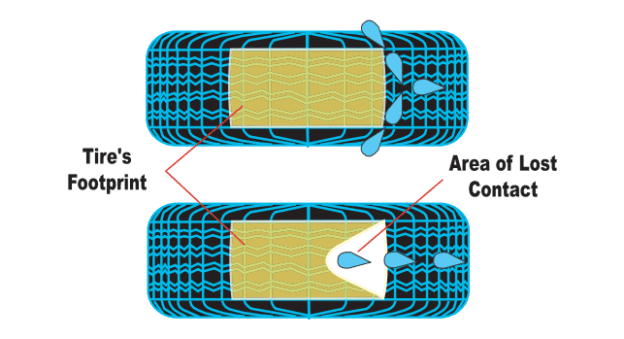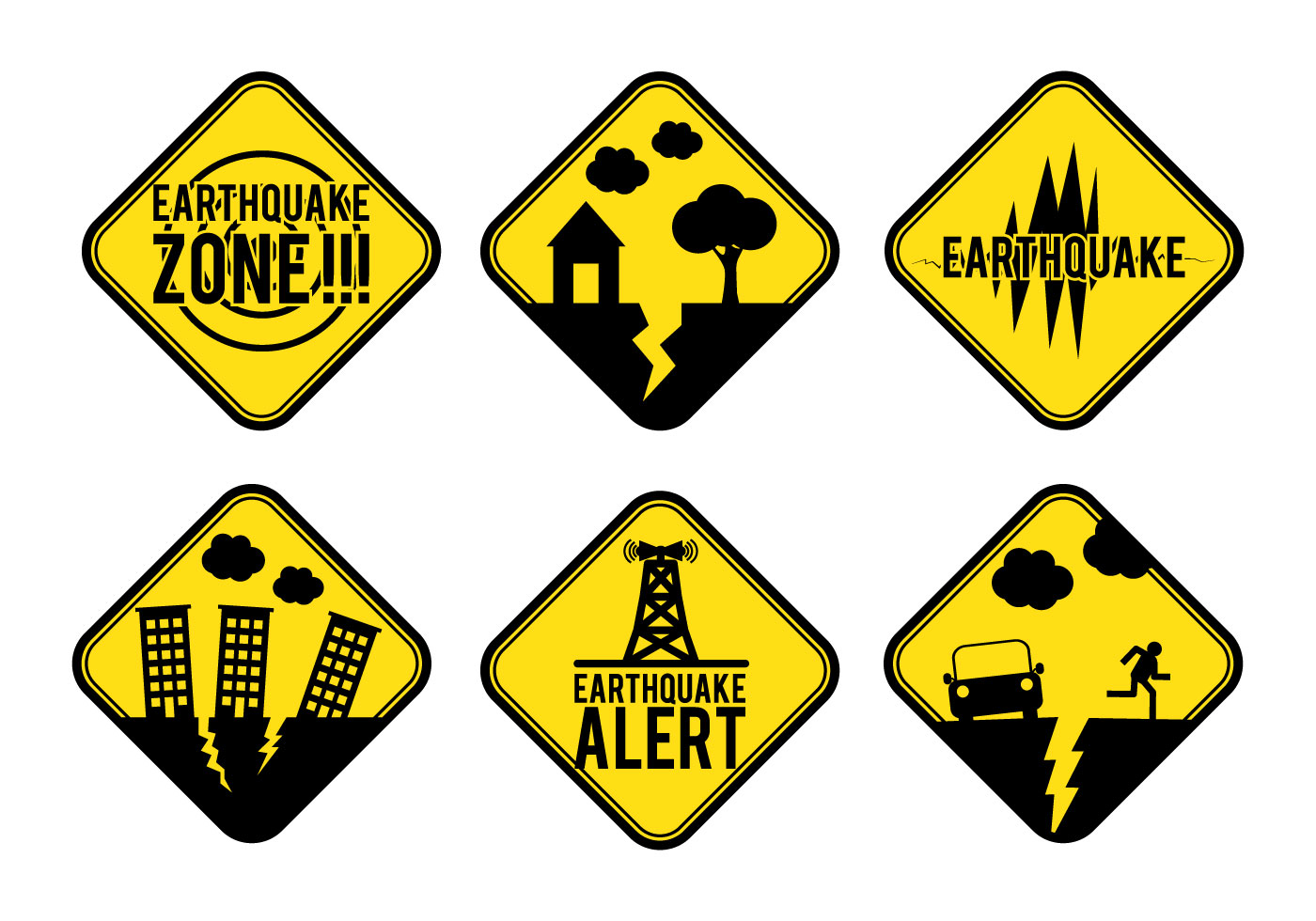Turbulent Skies - Uncovering the Hidden Dangers of Flying Over Tibet

The Roof of the World: A Region of Unparalleled Altitude
The Tibetan Plateau, often referred to as the 'Roof of the World,' boasts an average elevation of over 4,500 meters (14,764 feet). This natural wonder is a testament to the awe-inspiring diversity of our planet's geography.
Extreme Altitude Poses Significant Challenges
This extreme altitude poses significant challenges for commercial aircraft, making it a region that many airlines choose to avoid. The low air pressure and oxygen levels at such heights require specialized aircraft and training, adding complexity and risk to flights over the Tibetan Plateau.
As we delve into the world of commercial aviation, it becomes clear that flying over Tibet is a formidable endeavor. The harsh environment and unforgiving conditions demand utmost respect and preparation from pilots, airlines, and aircraft manufacturers alike.
Turbulence and Mountain Waves: The Dual Threats of Tibetan Skies Flying over Tibet poses significant risks due to its unique geography. The towering mountains of the Tibetan Plateau create turbulence and mountain waves, which can be hazardous for aircraft. The Turbulence Factor Turbulence is a major concern when flying over Tibet. The region's mountainous terrain disrupts airflow, leading to unpredictable air pockets that can cause sudden drops or rises in altitude. This turbulence can be severe, making it challenging for pilots to maintain control of the aircraft. The Mountain Wave Phenomenon Mountain waves, also known as lee waves, are another threat to aviation safety in Tibet. These waves form when wind flows over the mountains, creating a series of waves that can extend for hundreds of kilometers. These waves can cause aircraft to lose altitude rapidly, making recovery difficult. The Consequences of Turbulence and Mountain Waves The combination of turbulence and mountain waves can have devastating consequences. Loss of altitude can be catastrophic, especially in an environment where emergency landing options are limited. The unique conditions of the Tibetan Plateau demand specialized training and equipment for pilots to navigate these dangers effectively. Mitigating the Risks Despite the challenges, airlines and pilots take measures to minimize the risks associated with flying over Tibet. These include: Specialized training for pilots to recognize and respond to turbulence and mountain waves. Use of advanced weather forecasting tools to predict potential hazards. Adaptation of flight routes to avoid areas of turbulence. Implementation of strict safety protocols. By understanding the dual threats of turbulence and mountain waves, the aviation industry can better prepare for the challenges of flying over Tibet.
Safety First: Why Airlines Steer Clear of Tibetan Skies
Emergency Descents and the Tibetan Plateau's Extreme Elevation
In the event of an emergency, descending to a safe altitude is crucial. However, the Tibetan Plateau's extreme elevation makes this a significant challenge. The plateau's average elevation is over 16,000 feet (4,877 meters) above sea level, with some areas reaching heights of over 20,000 feet (6,100 meters). This extreme elevation poses significant risks for aircraft in emergency situations, as descending to a safe altitude may not be possible within the required timeframe.
Airline Precautions: Minimizing Risks
Airlines prioritize safety, and avoiding the Tibetan Plateau is a precautionary measure to minimize risks. By steering clear of the region, airlines can ensure that their aircraft are not exposed to the unique challenges posed by the plateau's extreme elevation. This precautionary approach is a testament to the airlines' commitment to safety and their willingness to take proactive measures to protect passengers and crew.
The Exception, Not the Rule: Rare Instances of Flights Over Tibet
While the majority of flights avoid traversing the Tibetan Plateau due to its formidable challenges, there are rare instances where flights do venture into this unforgiving territory. These exceptional cases are a testament to human ingenuity and the pursuit of exploring the unknown.
Specialized Aircraft and Experienced Pilots
Flights that do traverse the Tibetan Plateau typically involve specialized aircraft designed to withstand the extreme conditions. These aircraft are equipped with advanced technology and modified engines to cope with the thin air and turbulent winds. Furthermore, only experienced pilots with extensive knowledge of the region and its unique challenges are entrusted with the responsibility of navigating these treacherous skies.
Careful Risk Assessment and Mitigation
Even with specialized aircraft and experienced pilots, the risks associated with flying over Tibet are carefully assessed and mitigated. Flight plans are meticulously crafted to avoid the most turbulent areas, and contingency plans are put in place to address any unexpected challenges that may arise. The safety of passengers and crew is paramount, and every precaution is taken to ensure a successful journey.
Conclusion: Navigating the Complexities of Tibetan Skies
The Tibetan Plateau's unique geography presents significant challenges for commercial aviation. The region's high altitude, turbulent winds, and extreme weather conditions make it a daunting task for even the most experienced pilots.
Geographical Challenges
The Tibetan Plateau's average elevation of over 16,000 feet (4,877 meters) above sea level poses significant risks to aircraft engines and passenger safety. The thin air at high altitudes reduces engine efficiency, requiring specialized aircraft designs and additional safety precautions.
Turbulent Skies
Tibet's unique geography creates turbulent wind patterns, making it difficult for pilots to navigate. The region's mountainous terrain and extreme weather conditions lead to unpredictable air currents, posing a significant threat to aircraft stability and control.
Safety First
While some flights do occur, the majority of airlines choose to avoid the region, prioritizing safety above all else. The risks associated with flying over Tibet are too great, and airlines cannot compromise on passenger safety.
Airline Precautions
Airlines that do operate in the region take extra precautions, including:
- Specialized aircraft designs
- Additional safety equipment
- Experienced pilots with high-altitude training
- Stringent weather monitoring and forecasting
Even with these precautions, flying over Tibet remains a complex and challenging task.

















Comments ()